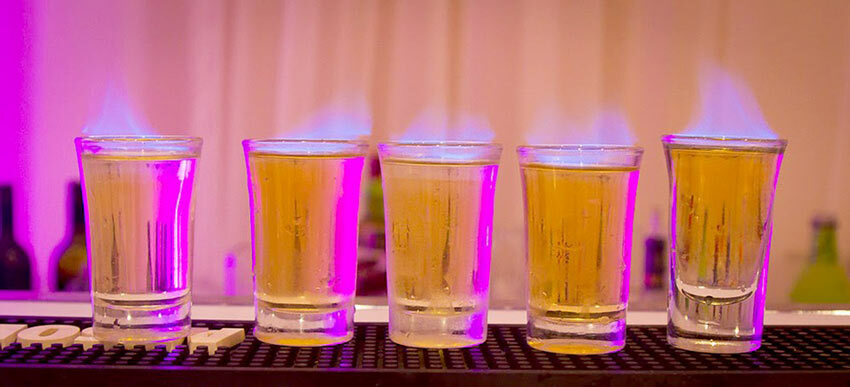Treatment of alopecia in women and men
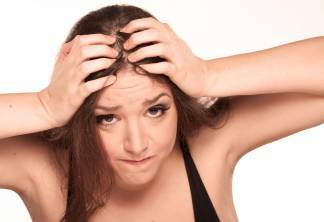 Hair loss in many people can cause a real panic.It is believed that a day in the norm can drop to a hundred hairs.And if the amount of hair dropped significantly exceeds the norm or on the head and there are bald patches at all it is worth thinking about alopecia.Alopecia( baldness) is a loss of hair and a violation of the process of growth of new hair.
Hair loss in many people can cause a real panic.It is believed that a day in the norm can drop to a hundred hairs.And if the amount of hair dropped significantly exceeds the norm or on the head and there are bald patches at all it is worth thinking about alopecia.Alopecia( baldness) is a loss of hair and a violation of the process of growth of new hair.
Types of alopecia
Recommendations:Hair has its life cycle and flows in three phases:
- Anagen;
- Catagen;
- Telogen.
Anagen is the phase of the formation and growth of a new hair.The duration of this stage is two to four years.
Catagen is a rest phase, which indicates the cessation of hair growth.The duration of this period is two to three weeks.
Telogen - phase of cessation of growth with subsequent hair loss.The duration of this period can last up to 90-120 days.
Hair is at different stages of its development.Thus, approximately 90% of all hair is in the anagen phase, 3% in the catagen phase and 7% in the telogen phase.
Sometimes the hair begins to fall before the deadline, then it comes to alopecia.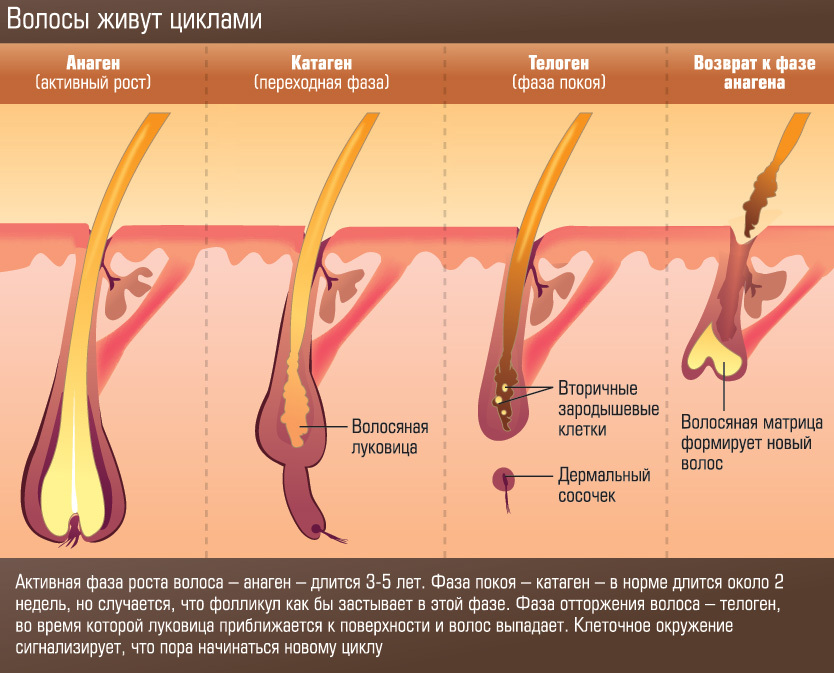
In modern dermatocosmetology, the following types of alopecia are distinguished:
- Androgenetic;
- Diffuse;
- Focal;
- Scar.
Symptoms of androgenetic alopecia
It is believed that this type of alopecia occurs in approximately 95% of all male pattern baldness cases.Among women, androgenetic alopecia, according to different data, occurs in approximately 20-60% of cases.
What is the mechanism of the disease?Testosterone under the action of 5-alpha-reductase is converted into dihydrotestosterone.The newly formed hormone interacts with the receptors of the hair follicle and leads to its gradual miniaturization( shortening, decreasing the size of the follicles).
Alopecia occurs when dihydrotestosterone is produced in greater quantities or if produced in moderation, but hair follicles are excessively susceptible to its action.The latter option is due to a genetic predisposition.It is noteworthy that the hair follicles located in the frontal, parietal and temporal areas of the head are most sensitive to the action of dihydrotestosterone.And the least sensitive are the follicles located in the occipital region.
In addition, dihydrotestosterone will change the composition and volume of sebum production.This, in turn, leads to the development of seborrhea.With seborrheic dermatitis, "seborrheic alopecia" is often observed.
In male representatives, alopecia begins along the line of hair growth, so that the forehead becomes visually higher.Gradually more pronounced become temporal bald areas.Shevelura in the parietal region thinens, then here the bald patch is formed.In the occipital region, the hair remains unaffected by the pathological process.Such changes can form in men at the age of twenty.

In women, the hair growth line remains unaffected.There is a thinning of the hair in the fronto-parietal region.In favor of androgenetic alopecia in women is an extension, a thinning of the central part.Acceleration of alopecia can provoke the onset of menopause.
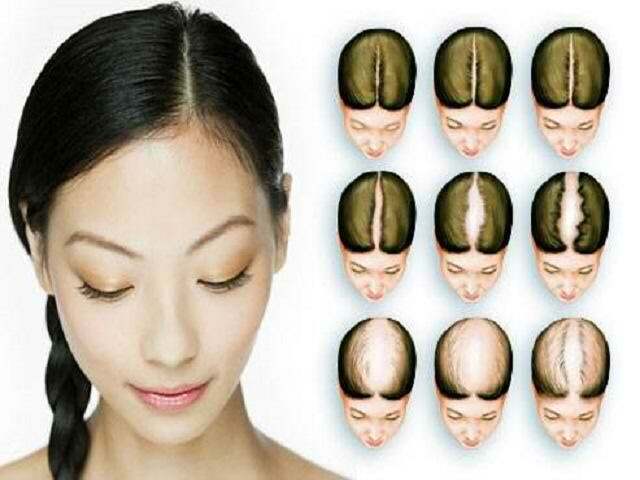
In androgenetic alopecia, the hair becomes thin, short and colorless.The pathological process leads to an increase in the amount of hair in the telogen stage and a decrease in the anagen stage.
Symptoms of diffuse alopecia
Hair that passed to the telogen phase soon falls out.A new hair shaft appears in the place of the empty follicle.This is normal.But under the influence of numerous pathological factors the normal change of the hair cycle is broken and the locks start to fall out of time.
Factors provoking diffuse hair loss:
- Endocrine diseases( pathology of the thyroid gland);
- Admission of certain drugs( anticoagulants, cytotoxic drugs, antithyroid drugs, antimalarials, retinoids, neuroleptics and others);
- Infectious Diseases;
- Stress;
- Contact with aggressive chemicals( thallium, mercury, chloroprene);
- Disturbance of nutrition( deficiency of protein, vitamins, minerals, particularly iron).
In the event of a negative effect, the follicles may respond in the form of telogen or anagen precipitation.
Telogen hair loss
This is an excessive hair loss in the telogen phase.That is, the hair shaft in the anagen phase under the influence of unfavorable factors does not go to telogen in time.
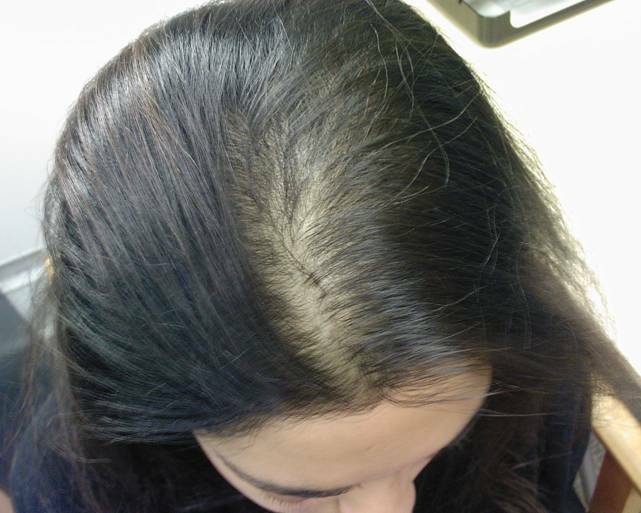 Premature termination of anagen develops on the background of taking certain medications, massive blood loss, fever, and fasting.
Premature termination of anagen develops on the background of taking certain medications, massive blood loss, fever, and fasting.
There is also a reverse situation, when the hair, on the contrary, late completes the phase of the anagen.Thus, in pregnancy, follicles linger in the anagen period, which is due to physiological changes in the hormonal background in women.And after delivery, the follicles quickly go into the telogen phase and drop out.That's why many women after the birth complain about hair loss.
Anagen hair loss
This is an excessive hair loss in the anagen phase.That is, under the influence of an aggressive factor, the follicle does not even have time to go to the telogen stage and hair falls out prematurely, although it is in the anagen phase( growth).
Similar is observed in the background of radiation and cytostatic therapy in patients with malignant diseases.Hair falls abundantly on the fourth-tenth day after the impact of the aggressive factor.May even be observed total baldness.Anagenic precipitation can provoke poisoning with poisonous chemicals, thallium, mercury.
It is noteworthy that after the termination of the aggressive factor, hair loss stops.Fortunately, diffuse alopecia is a reversible process, which means that new hair will soon grow on the spot of the fallen hair.
Anagen hair loss is less common than telogen.
Symptoms of focal alopecia
Focal alopecia is characterized by hair loss in the form of rounded foci( nests).This ailment affects both men and women.The peak incidence comes in the 20-50 age group.
In the emergence of focal alopecia play a role many factors: stress, infectious diseases, physical trauma, genetic predisposition.Focal alopecia is considered an autoimmune disease.
The disease begins with the appearance on the head of a rounded focus of alopecia with clear boundaries.The skin in this area is not changed, perhaps a slight reddening, the mouth of the hair follicles are preserved.At the edges of the hearth, healthy hair seems to break out without much effort.
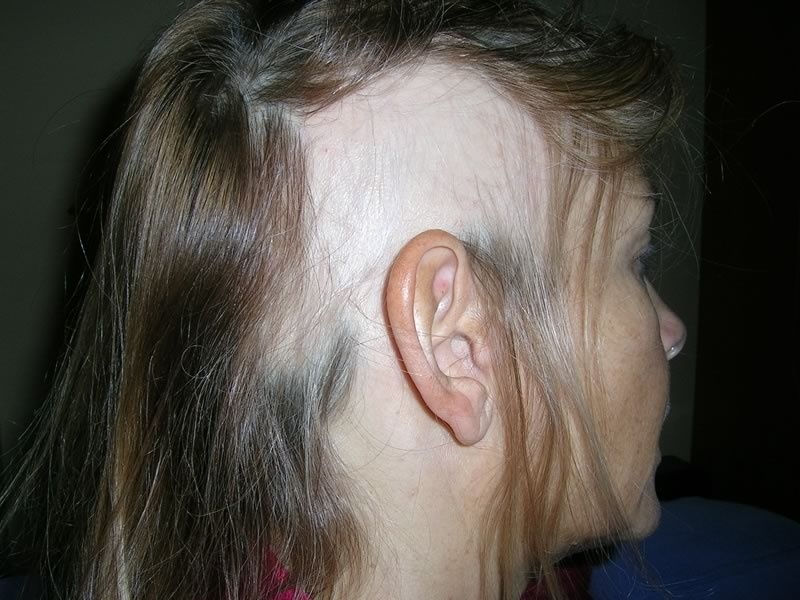 Focal( alimentary) alopecia is characterized by the appearance of hair rods in the form of an exclamation point.It is a clavate-shaped hair about three millimeters with a split and thickened distal end.
Focal( alimentary) alopecia is characterized by the appearance of hair rods in the form of an exclamation point.It is a clavate-shaped hair about three millimeters with a split and thickened distal end.
It is noteworthy that the course of the disease is difficult to predict.Sometimes hair grows in the center of alopecia.In some cases new foci appear, and the existing foci expand and merge with each other.The continued existence of such nests can lead to dystrophic changes in the hair follicles with their further atrophy.
There are such types of alopecia areata:
- Focal;
- Subtotal;
- Total;
- Universal.
Focal alopecia is characterized by the appearance of one or several foci of alopecia.
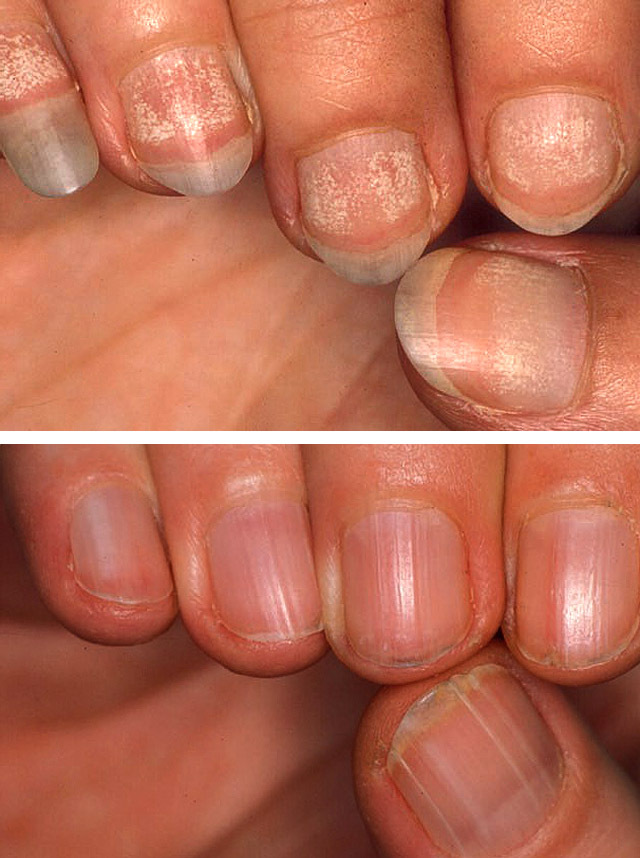 For subtotal alopecia, the preservation of small areas of growing hair on the head is characteristic.With total alopecia, the entire scalp is devoid of hair.Universal alopecia is characterized by loss of hair not only on the head, but already throughout the body.
For subtotal alopecia, the preservation of small areas of growing hair on the head is characteristic.With total alopecia, the entire scalp is devoid of hair.Universal alopecia is characterized by loss of hair not only on the head, but already throughout the body.
The first foci of alopecia often occur on the head, then in the area of the beard, eyebrows and eyelashes, the trunk.In some patients, nail plate lesions are noted in the form of point onychodystrophy.The ailment is characterized by the appearance on the nail plate of multiple point impressions, as a result of which the nail resembles the surface of a thimble.
Symptoms of cicatricial alopecia
This is an irreversible damage to the follicles where the connective tissue is then formed.
Causes of cicatrical alopecia:
- Injuries of any nature: mechanical, radiation, thermal;
- Infectious skin diseases: mycoses, pyoderma, tuberculosis, leprosy, syphilis, leishmaniasis;
- Neoplasms of the skin, including nevi;
- Genodermatosis( hereditary skin diseases);
- Acquired dermatoses: discoid form of lupus erythematosus, limited scleroderma, red follicular decalverting.
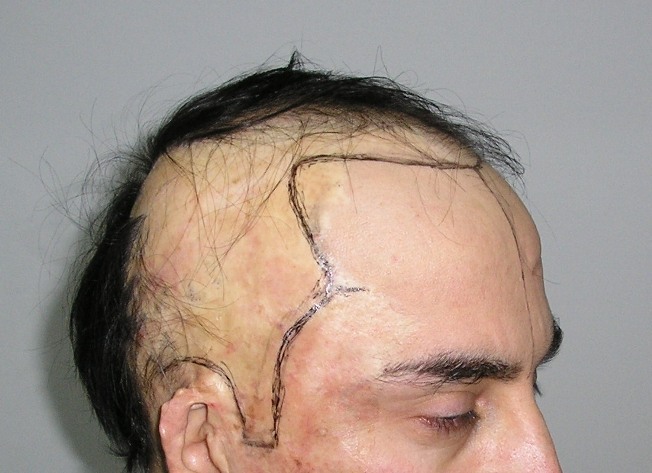
All these causes trigger atrophy and further sclerosis of the skin, as well as hair follicles.The result is an irreversible atrophic alopecia.The centers of cicatrical alopecia are localized in the parietal and frontal areas.Often the site of alopecia is detected by chance.In some cases, a person is troubled by an itch or a peculiar sensation of stretched skin on the head.The skin in the outbreak of alopecia is whitish-yellow, smooth, shiny, thinned, the hair and the mouth of the follicles are absent.When the skin is compressed, it is collected in wrinkles.
Sometimes on the scalp can detect skin elements( papules, pustules, peeling), characteristic of dermatosis, which caused cicatricial alopecia.
With progression of atrophic dermatoses, the area of cicatricial atrophy of the scalp gradually increases.So, alopecia can become subtotal or even total.
Treatment of alopecia
You can save your head with timely access to the trichologist.The specialist will determine the cause, which provoked hair loss, and also select the treatment.Therapy differs depending on the type of alopecia present.
Treatment of androgenetic alopecia
In the fight against androgenetic alopecia, agents that suppress the effect of androgens are used.This is achieved either by suppressing the activity of the enzyme 5-alpha-reductase, or by blocking the androgen receptors in the hair follicles.
The most popular external treatment for alopecia is Minoxidil( Regein).The product is available in different concentrations.For the treatment of alopecia in women, 2%, 3% and 5% solutions are used, in men - 5% solution.The drug is applied to the areas of baldness with the help of an applicator twice a day.With the regular use of the remedy, the appearance of new hair is observed after four months.
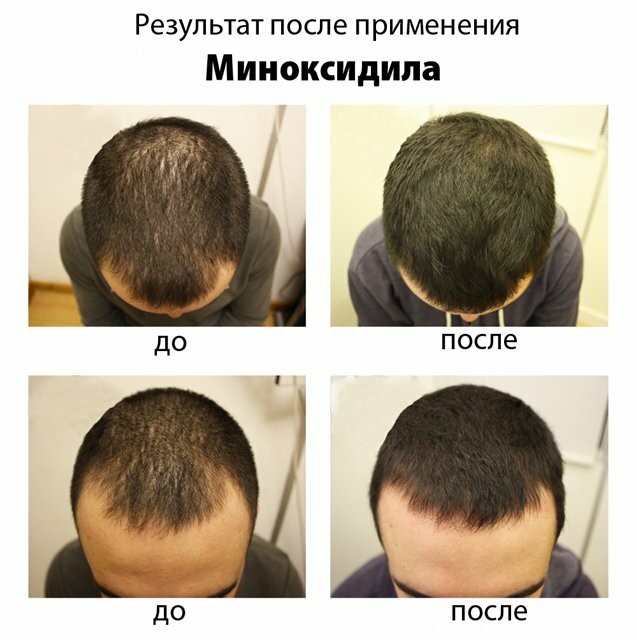
For the total treatment of alopecia, men are credited with finasteride( Propecia) at 1 mg per day.Finasteride is a blocker of 5-alpha-reductase.This drug is not prescribed for women.Instead of Finasteride, cyproterone acetate is ascribed.This drug, which inhibits the action of androgens on target cells.It should not be forgotten that systemic antiandrogens have pronounced side effects, so the decision to use these drugs should be weighed well.
Note: treatment of androgenetic alopecia should be prolonged.Early termination of therapy provokes the resumption of hair loss.
In severe alopecia, surgical transplantation of follicles from the occiput to the areas of alopecia is performed.
Treatment of diffuse alopecia
In case of diffuse alopecia, first of all, it is necessary to find out the cause that caused the disease.If alopecia is caused by endocrine diseases, it is necessary to tackle their treatment.
If alopecia is caused by taking medication, you should discuss with your doctor the possibility of replacing the drug.
If hair loss is associated with fasting, diets, you should restore normal nutrition.Hair loss often occurs in adherents of vegetarianism.This is primarily due to iron deficiency.In this case, you need to pick up a vitamin-mineral complex.
After eliminating the cause, you can use various stimulators of hair growth in the form of shampoos, tonics, balms, and physiotherapy.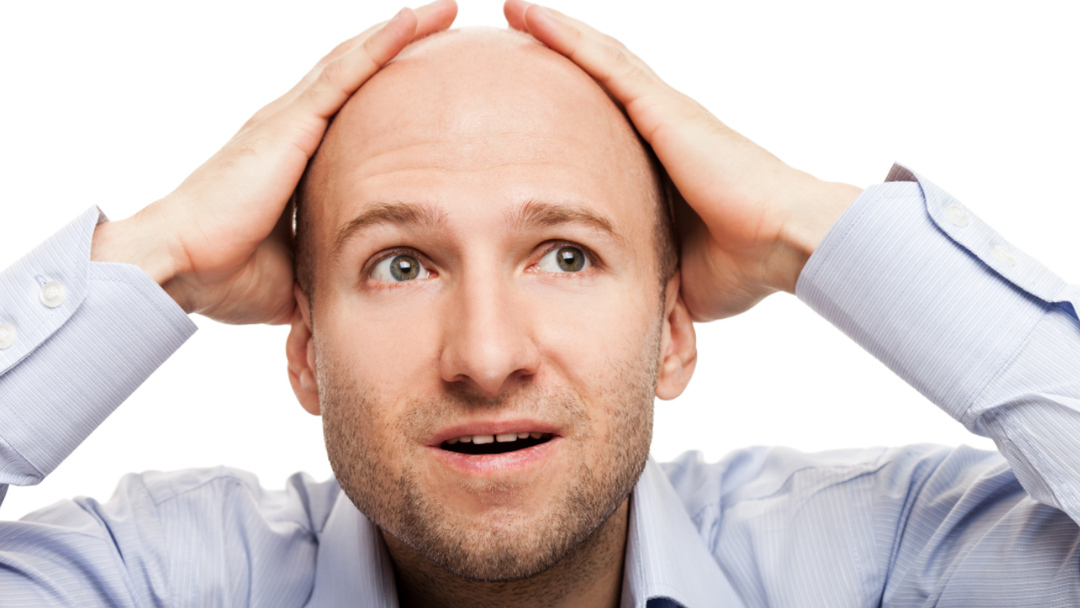
Treatment of focal alopecia
The fight against alopecia should be complex. Among the external applications it is worth noting:
- Glucocorticosteroids in the form of creams and injections;
- Means of irritant action: hydroxyantrons, badyaga and others;
- Contact allergens: dinitrochlorobenzene:
- Means that enhance hair growth: Minoxidil.
For systemic treatment, drugs that eliminate the cause of focal alopecia, as well as immunosuppressive drugs, are used.A positive effect can be achieved with the help of physiotherapy procedures.
Treatment of cicatricial alopecia
In cases where cicatricial alopecia is caused by dermatosis, it is necessary to deal with the treatment of this condition.Scar alopecia is an irreversible process.The only effective method of treatment is surgical.
The following hair transplant methods are available:
- Hair transplantation by skin grafts( grafts);
- Spot transplantation of individual follicles.
In the first method, skin flaps with follicles, taken from the occipital region, are transplanted to the areas of alopecia.After the engraftment of the tissues, the hair begins to grow naturally.
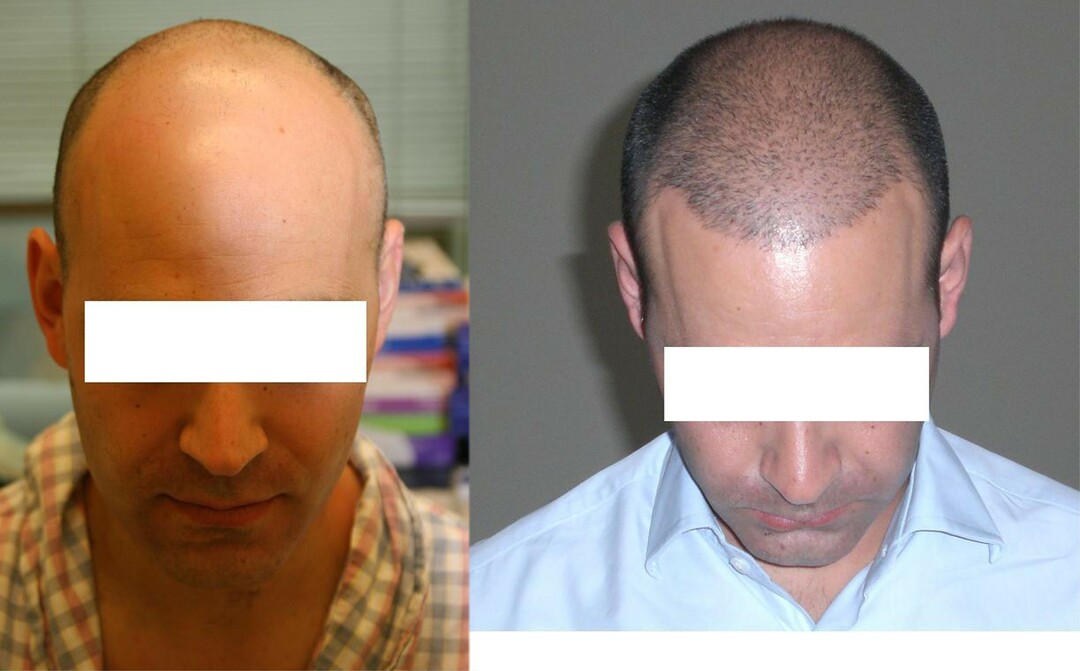
With seamless transplantation, non-skin grafts and individual follicles are transplanted.The main advantage of this method is low traumatism.However, seamless transplantation is difficult to perform with a large area of alopecia.
Grigorova Valeria, medical reviewer

